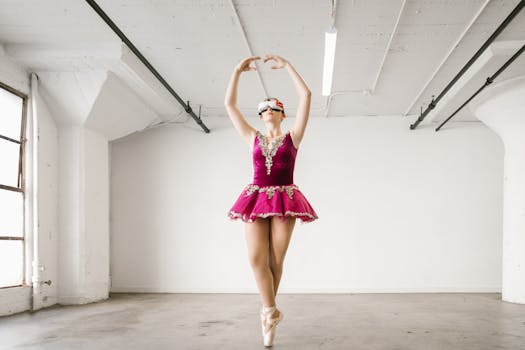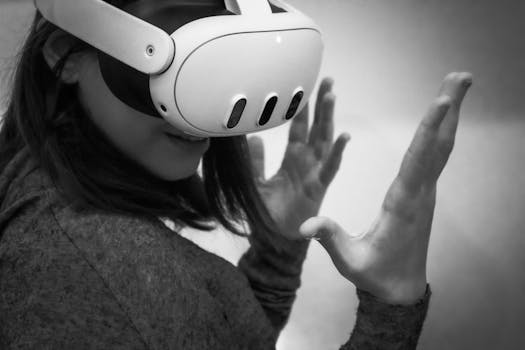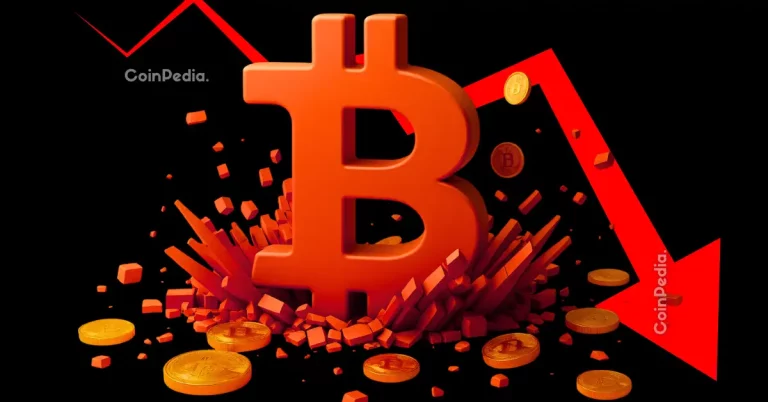
Exploring the World of Virtual Reality Art Installations
Takeaways:
Virtual reality (VR) art installations are revolutionizing the art world by offering immersive experiences that engage audiences in unprecedented ways. These installations allow for new forms of creativity, interaction, and audience participation, creating a unique blend of technology and artistry.
As we delve into the realm of VR art, we will explore its history, the technology behind it, notable installations, and the future of this innovative medium.
The Evolution of Art in the Digital Age

Virtual reality art installations originated in the late 20th century, but it wasn’t until the 2010s that they began to gain mainstream popularity. Artists and technologists began experimenting with VR, creating environments where viewers could step inside and interact with the artwork. This shift has prompted a rethinking of the role of the viewer, transforming them from passive observers into active participants.
Understanding the Technology Behind VR Art

Moreover, VR art installations often utilize software that enables artists to create expansive, interactive worlds. Programs like Unity and Unreal Engine are popular among artists for designing intricate environments where users can explore and engage with the art. Some installations even incorporate motion sensors and haptic feedback, adding another layer of interaction and realism.
Notable Virtual Reality Art Installations
Several VR art installations have made waves in the contemporary art scene, showcasing the potential of this medium. One notable example is “The Night Cafe” by Mac Cauley, which allows users to step into Vincent van Gogh’s famous painting of the same name. The installation immerses participants in a 3D environment that closely resembles the original artwork, enabling them to explore the scene from different angles.
Another prominent installation is “Tree” by the artist K. B. D. In this experience, users navigate through a virtual forest, where they can interact with trees and wildlife, emphasizing the connection between nature and technology. The installation highlights environmental themes and encourages users to reflect on their relationship with the natural world.
Furthermore, the “VR Museum of Fine Art” offers a unique take on traditional art exhibitions. Users can walk through a virtual museum filled with famous artworks, gaining insights and information about each piece in an engaging format. This installation showcases how VR can enhance art appreciation and education.
The Future of Virtual Reality Art Installations

Moreover, as artists experiment with augmented reality (AR) and mixed reality (MR), the lines between physical and virtual experiences will blur further. This convergence could lead to hybrid installations that combine real-world elements with digital enhancements, creating even more engaging experiences.
In addition, the COVID-19 pandemic has accelerated the shift towards digital experiences, with many art institutions and galleries embracing virtual exhibitions. This trend may continue, allowing broader audiences to access art from the comfort of their homes, democratizing the art world and expanding its reach.
Conclusion
Virtual reality art installations represent a fascinating intersection of technology and creativity, offering immersive experiences that challenge our conventional understanding of art. As this medium continues to evolve, it promises to redefine how we experience and interact with artistic expression. Whether you’re an artist, a tech enthusiast, or simply an art lover, the world of VR art installations is an exciting frontier worth exploring.







